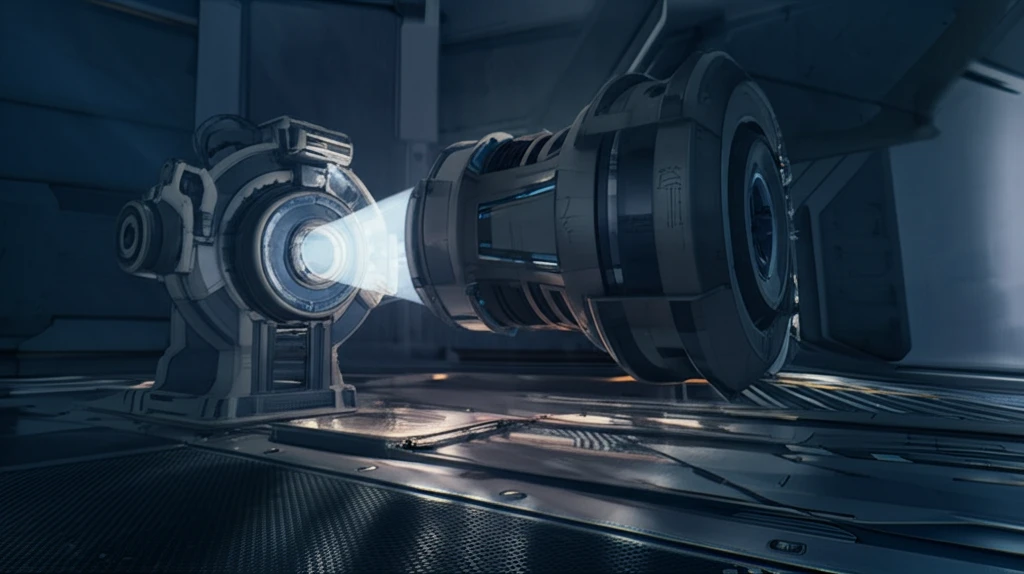
Unveiling the Invisible: Advanced Radiography Techniques Enhance Contrast in Imaging
"Discover how innovative iterative methods are revolutionizing radiographic image quality, offering clearer insights into material integrity and diagnostic accuracy."
Welding, a cornerstone of numerous industries, demands rigorous quality control to ensure structural integrity. Defects, often invisible to the naked eye, can compromise the strength and reliability of welded joints. Traditional and advanced non-destructive testing (NDT) methods, including radiography, play a crucial role in identifying these imperfections. Radiography, in particular, provides a visual representation of the internal structure of materials, allowing inspectors to detect anomalies such as cracks, porosity, and lack of fusion.
Digital radiography has emerged as a powerful alternative to traditional film-based methods, offering several advantages including faster processing times, enhanced image manipulation capabilities, and reduced environmental impact. However, digital radiographic images can often suffer from poor contrast due to scattered X-rays and electronic noise, making it challenging to discern subtle but critical defects. To address this limitation, researchers have explored various image processing techniques to enhance the contrast and clarity of radiographic images.
Iterative methods, renowned for their ability to refine and reconstruct signals from sparse data, have shown considerable promise in improving the quality of radiographic images. These methods involve repeatedly refining an initial estimate of the image until it converges to a solution that minimizes a predefined objective function. This approach allows for the suppression of noise and enhancement of subtle features, resulting in clearer and more informative images.
Four Iterative Methods to Enhance Radiographic Images

A recent study published in Physica Scripta compares four iterative methods for enhancing the contrast of radiography images. The research focuses on digital radiography images and seeks to optimize the image quality using advanced algorithms. These methods, which are adapted from general sparse signal reconstruction techniques, are uniquely suited to address the challenges of radiographic imaging. The researchers specifically investigated the Fast Iterative Shrinkage-Thresholding Algorithm (FISTA), Monotone FISTA (MFISTA), Over relaxation MFISTA (OMFISTA), and Converged FISTA (CFISTA). Each algorithm was assessed based on its ability to minimize an objective function, effectively improving the contrast and clarity of the final image.
- Fast Iterative Shrinkage-Thresholding Algorithm (FISTA): Known for its speed and efficiency.
- Monotone FISTA (MFISTA): Aims to improve upon FISTA by ensuring a monotonic decrease in the objective function value.
- Over relaxation MFISTA (OMFISTA): Uses over-relaxation techniques to potentially speed up convergence.
- Converged FISTA (CFISTA): Focuses on ensuring a more reliable convergence of the iterative process.
The Future of Radiographic Imaging
The research underscores the transformative potential of iterative methods in enhancing the quality and interpretability of radiographic images. By optimizing these algorithms and tailoring them to specific imaging scenarios, it may be possible to achieve unprecedented levels of detail and accuracy in non-destructive testing and medical diagnostics. The study's findings pave the way for further advancements in image processing techniques, which promise to unlock new possibilities for visualizing the invisible and ensuring the safety and reliability of critical infrastructure and medical equipment.
